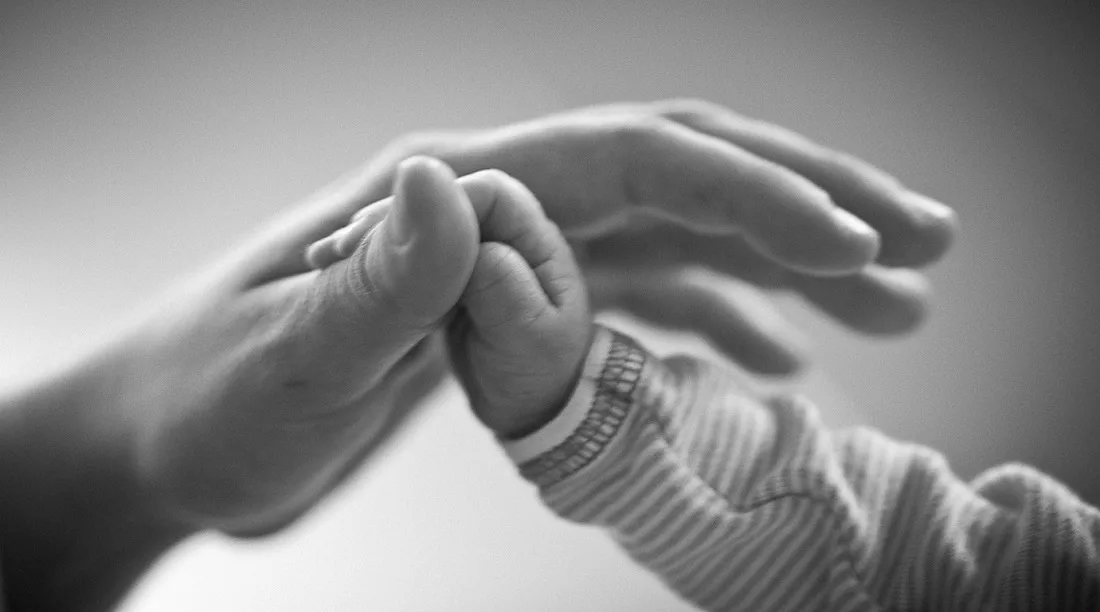Since the prenatal period, the fetus is able to perceive the noises, the sounds and the voices not only through the auditory apparatus but also through the sensations received by the whole body, through the vibrations.
his ability to recognize the mother’s voice in the seventh month of pregnancy and to prefer it to others immediately after birth is now widely demonstrated, as well as recognizing the melodies that were heard during the gestational period or the songs that were sung.
The maternal voice, the contact, the sound, represent a bridge and a link that can give continuity between the prenatal and the postnatal life and act as reassurance for the newborn in an external world that is still unknown to him.
The voice, as a tool of relationship, is a channel of connection and tuning with the other and baby-talking, in particular, represents an emotional-musical dialogue and mutual co-regulation. Through this prosody, but also through the visuo-facial communication, contact and gestures, parent and child mark a rhythm, as in a dance, where the behavior of each one is modulated and modified mutually to adapt to each other.
The rearing and the relationship have a rhythm. There are sounds and there are silences, there are times and there are pauses. There is a trend, a cadence, a regularity, as in music. This represents a non-verbal, emotional and relational communication channel, which can become one of the tools through which to establish contact with your child. It can accompany particular moments of daily life to create rituals that reassure him during his growth phases, strengthening the exchange network with the adult and the emotional bond that grows day by day.
A relaxing melody can help to calm and attenuate the states of tension, reducing the levels of activation of the organism (heartbeat, breathing, blood pressure, etc.) or create an atmosphere to share cuddles and tenderness; a lullaby can accompany and guide the child during drowsiness and sleep; a nursery rhyme or a little song can become a moment of discovery, play, stimulation and learning.
Singing and listening to music together becomes an opportunity for exchanging and sharing that allows the child to develop different skills, not only related to communication and language, but also linked to attention, concentration, memory, the psycho-emotional sphere and relational.
Bringing the music in my world of professional psychologist and teacher of infant massage as a facilitator tool to develop relationship has been natural and has enriched the experience of the post-childbirth groups, making them even more unique and special.
During the massage everyone learns to listen to their own feelings and that of the other, learn to observe others and themselves, to move and stop depending on the needs and necessities of each: the music can become an additional channel of connection with the baby.
The touch and the contact can be accompanied by background music that can be modulated and chosen according to the moment, the preferences and the mood.
The effect of touch and contact penetrates within the person and spreads throughout the body. At the same time, music penetrates through the vibrations and the sensations it provokes, spreading in the area and creating an atmosphere of well-being and pleasure. It can become a sort of “emotional and sensorial container” that amplifies and makes the experience lived with your children even more complete, where every moment is marked by sounds and silences that involve the whole sensory system. The melody can help to achieve a state of calm and relaxation, the silences allows to listen to the breath, the vocalizations of your child, the cry, reaching a tune, an intimacy and an even stronger complicity.
The parent and the child can thus live their daily meeting, their being together in the “here and now”, enveloped in a sound sphere, building their baggage of experiences and musical memories, unique, special and personal that will accompany them to all the way in their life.







